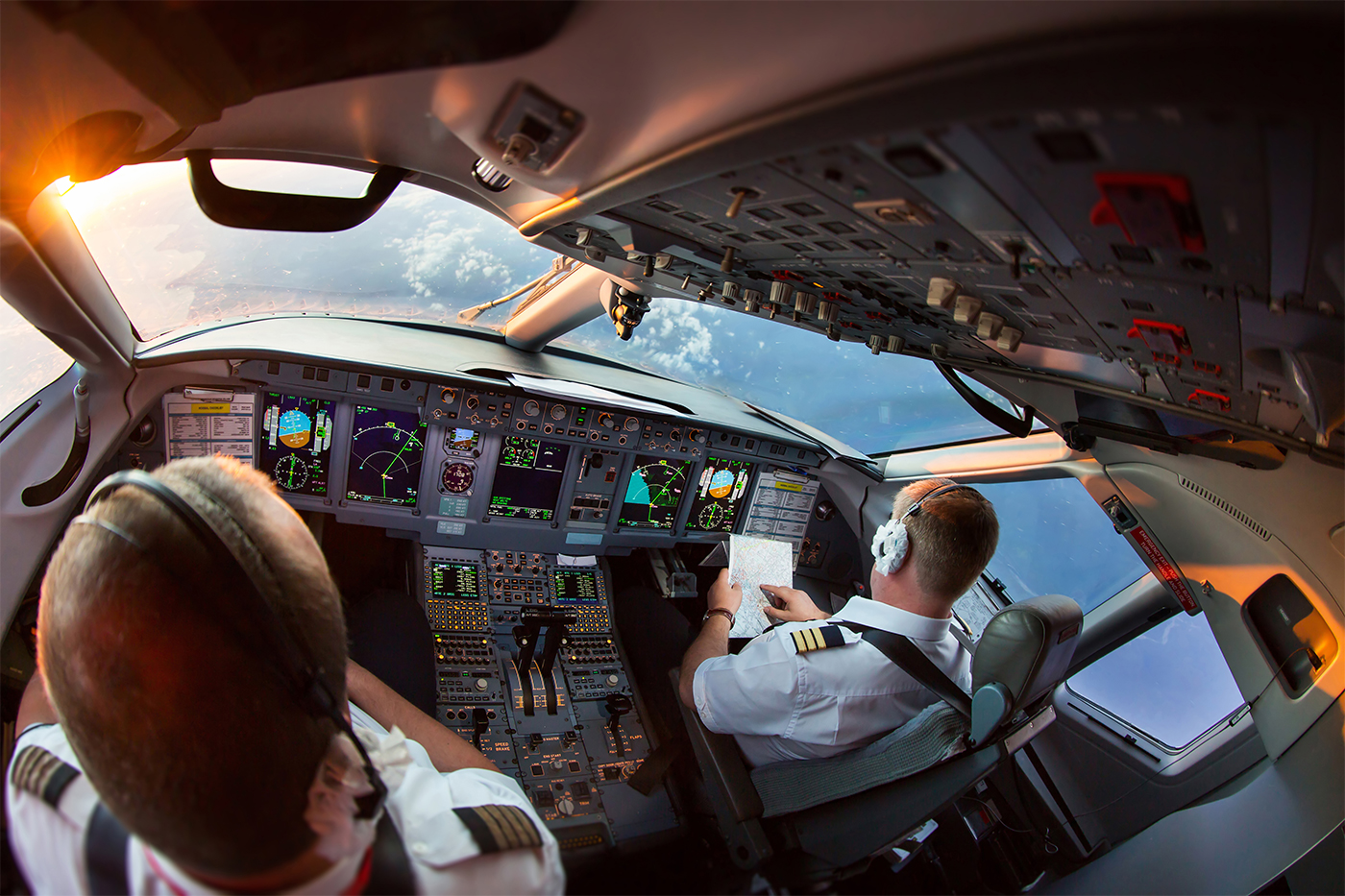Estimated reading time 13 minutes, 16 seconds.
Editor’s note: This story appears in the Skies special issue Aviation in the Face of Covid-19. Access the full issue here.
The worry started to settle in by early March for me, as I perused Twitter and news stories about Seattle, Washington’s first COVID-related cases on my way home from a conference. After COVID-19 hit China and surrounding countries in January and February, conferences and business meetings everywhere were being canceled. The Women in Aviation, International Conference was set to begin March 5, and it was going to go on. With a sense of foreboding, I set out for Orlando, Fla.
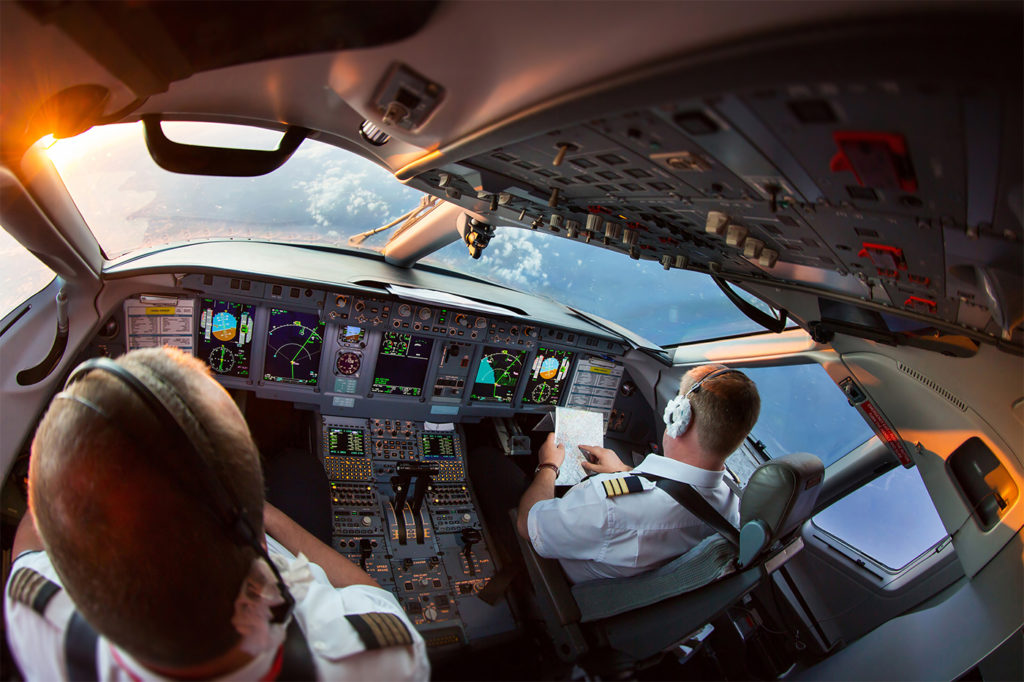
It was business as usual on the way to the conference, but my travels home made it evident that air travel in America had changed in mere hours. My flight on March 8 from Orlando to Seattle on a Boeing 737 had only around 60 passengers, and about half of them were employees who, like me, were commuting to or from work. This was my first real clue that the coronavirus was hitting America and would bring with it unpredictable and unsettling times.
While thousands of us were celebrating aviation in Orlando on a lovely sunny March weekend, Seattle had just reported its first COVID-related death, and the city was facing a crisis. By March 8, Washington had reported 254 confirmed cases and 32 deaths, and by March 11, schools in Seattle were closed.
Empty terminals, empty seats
When I went back to work after a weekend away at the conference, the SeaTac terminal was empty. At first, I noted how convenient it was to be first in line for coffee at Starbucks. It was a relief to not stand shoulder-to-shoulder with strangers in the terminal. But then it became eerie, like something out of a horror movie. Leg after leg, we’d fly into and out of empty terminals. Eventually, airport restaurants closed. Our food sources were limited. In Portland, Ore., we were left with only McDonald’s and a pizza place. The remaining restaurants at most airports were limited to takeout only, of course, and without any business other than the occasional lonely, bored crew member, even they weren’t reliable.
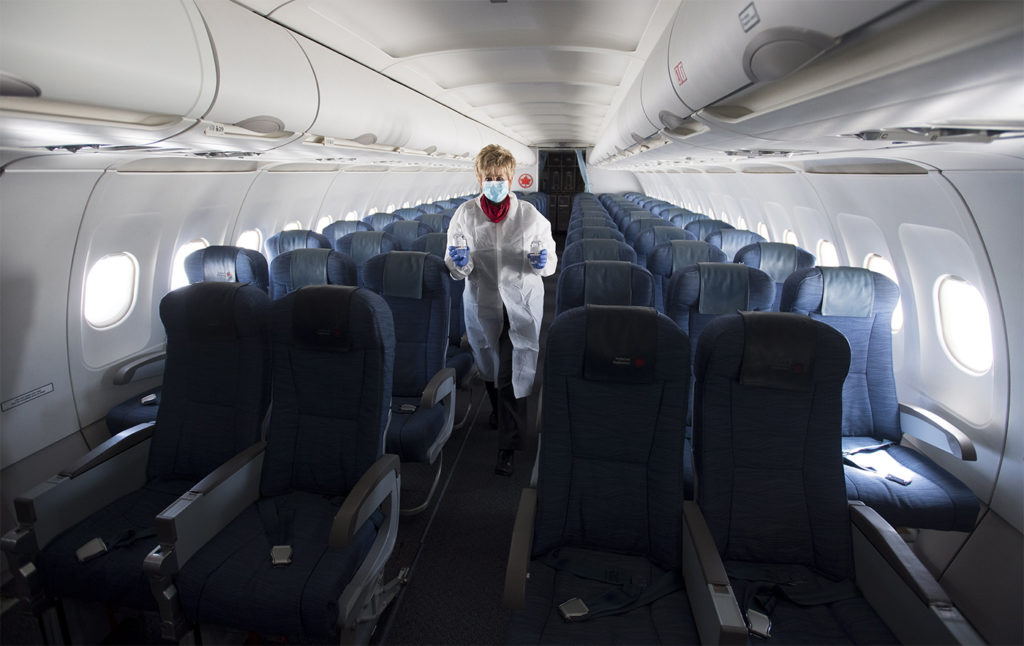
On board the airplane, our load factors were shrinking quickly. We flew 60 passengers, then 40, and then 15, and by the beginning of April, we flew multiple flights with only two passengers on board. Our load factors went from almost 100 per cent to 10 per cent or less — overnight. As the airline canceled upwards of 80 per cent of the flights, load factors rose temporarily to 20 or 30 per cent, and then fell again. Regional airlines in other countries, like U.K. carrier FlyBe and German carrier Thomas Cook Aviation, went bankrupt. Airline CEOs said the aftermath of this pandemic would be worse than that of Sept. 11, 2001. And this was just the beginning.
“It’s just the flu”
During my first flights back in mid-March, flight deck conversation, which typically consisted of family catch-up and extracurricular activities, had turned to the political and economic ramifications of coronavirus, including furloughs, China, Italy, cruise ship passengers stuck at sea, and the like. But the virus hadn’t yet affected us on a personal level, so it was business as usual. This was happening “over there” and for the moment, we could discuss COVID-19 as it pertained to other people. We knew we were vulnerable, and we’d witnessed the decreasing passenger loads. But like anything else, until it hit us each on an individual level, conversation took the tone of, “Oh, that’s too bad (for them).”
I was paired with a captain on a trip in March who was quick to proclaim that the public was overreacting and that this was “just the flu.” Talk of a V-shaped recovery was rampant, and though we expected it to be brutal, we thought it would be quick.
A week later, I was paired with the same captain. He boarded the plane with me again, this time with grim trepidation. As we wiped down every surface of the flight deck with disinfectant, he talked about how his mother had fallen ill and he was terrified that it was COVID-19. Could he have given it to her? How could he care for her while exposing himself daily to this virus? Would he have to be quarantined if she tested positive?

“We’re carrying this virus”
We all hoped this was “just the flu.” But one by one, we came to work with stories of someone we knew who had gotten it, and how horrible it was. As much as we tried to convince ourselves that this wasn’t a big deal, the gut feeling was there. When a fellow friend and pilot was told to quarantine in his hotel room in Seattle for 14 days after becoming ill on a trip, away from his home and his family, it hit me. I felt like I’d been punched in the gut. What if he tested positive? I had flown with him in the weeks prior. What if I had gotten it, too? The thought of being quarantined in a hotel room and away from my kids for two weeks or more was enough to make me squirm in my seat. What if I had transmitted it to my mother in the meantime? Should I be taking more precautions about being around my family upon returning from a trip?
Later in the month, as we pulled our airplane into a parking spot at SeaTac, we saw some commotion next to us. A parked airplane had been roped off with hazard tape, and people in hazmat suits surrounded a body on a stretcher. We watched bleakly from our safe spot inside our flight deck as the apparently ill person was loaded into an ambulance.
On yet another flight, while accomplishing our preflight checklists, one of the flight attendants came to the flight deck door. It became clear that she was on the phone with crew scheduling, so our ears were perked. Upon ending the call, she informed us that she’d be calling out sick right then, because she was informed by her supervisor that some of the passengers on this particular leg would be passengers from a cruise ship that had been quarantined at sea with a confirmed case, and they had disembarked in California. She didn’t want to take any chances. Our eyes big, the captain started making phone calls. Within moments we learned that it was misinformation, that an earlier plan did, indeed, consist of transporting these passengers, but that they were no longer on our particular flight. Collective sighs of relief echoed through the flight deck and cabin. That was a quiet leg, the real effects of COVID-19 hijacking our thoughts. As we flew along in cruise flight, the captain interrupted the silence. “We’re carrying this virus,” he said. I nodded. I know. We dodged a bullet that day, but we knew our colleagues somewhere were likely responsible for the transport of those cruise ship passengers.
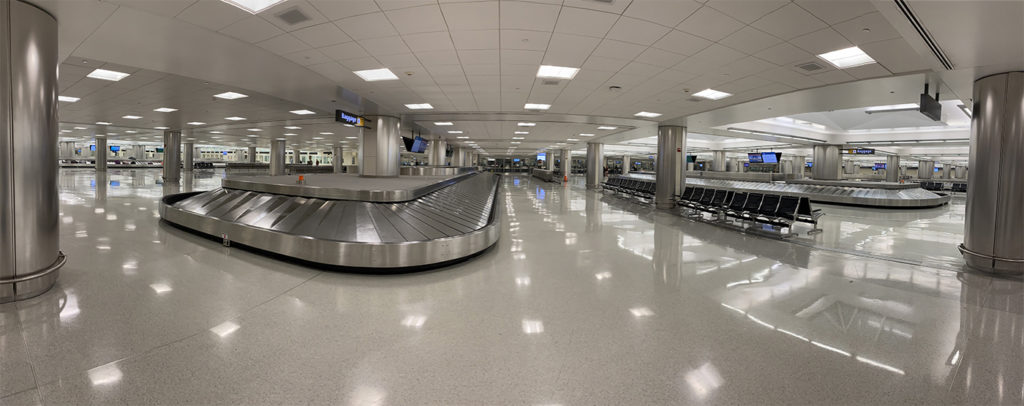
Those thoughts stayed with me as I flew each leg in the following days. Before we had protective measures in place like cleaning the airplanes between each leg, wearing masks, and standing six feet apart, I would catch myself holding my breath during the boarding process. I tried not to breathe while walking through the terminal, or in the crew room, or while standing in line with the many international passengers going through customs after a Vancouver trip. As I utilized the crew line to pass by the lines of elderly people and infants and children with no masks on — totally exposed — a wave of guilt would rush over me. These people were all likely scared, too, perhaps just trying to get home. But why were they all traveling? How many of them had been infected? How many were boarding my airplane? How many times had I already personally transported this virus from town to town?
A job that I normally took so much pride in left me with mixed feelings. On one hand, I was happy to still have a job, and I knew that being able to pay my mortgage was a blessing during a time like this. Back at home, my friends and family members were losing their jobs, closing up their restaurants, grappling with new work-from-home jobs that weren’t meant to be work-from-home jobs, or fighting for what grocery store jobs might be left after being let go. On the other hand, it felt socially irresponsible to continue to fly around airplanes when we were trying to limit the spread of a deadly virus — one that, by all accounts, ended in an atrocious death for many. Not to mention the cost to fly almost-empty airplanes. What were we doing?
I was standing at an awkward crossroads, to say the least. Wearing my pilot epaulets had always been a source of pride for me, but now they had become a source of sadness and discontent. I started wearing a mask.
Chaos and teamwork
As I came to this awkward crossroads, I barely had time to focus on myself. At work, the chaos was just beginning.
The “we’ll be fine” emails from management turned into “we need your help” emails. Hotels were shutting down without notice in many cities and towns, leaving crewmembers stranded and without a place to sleep. Restaurants were closed, which meant we’d have to bring our own food or take food off of the airplane to eat. Crewmembers started looking out for each other, bringing extra meals to share and posting the status of hotels and restaurants on our company Facebook pages.
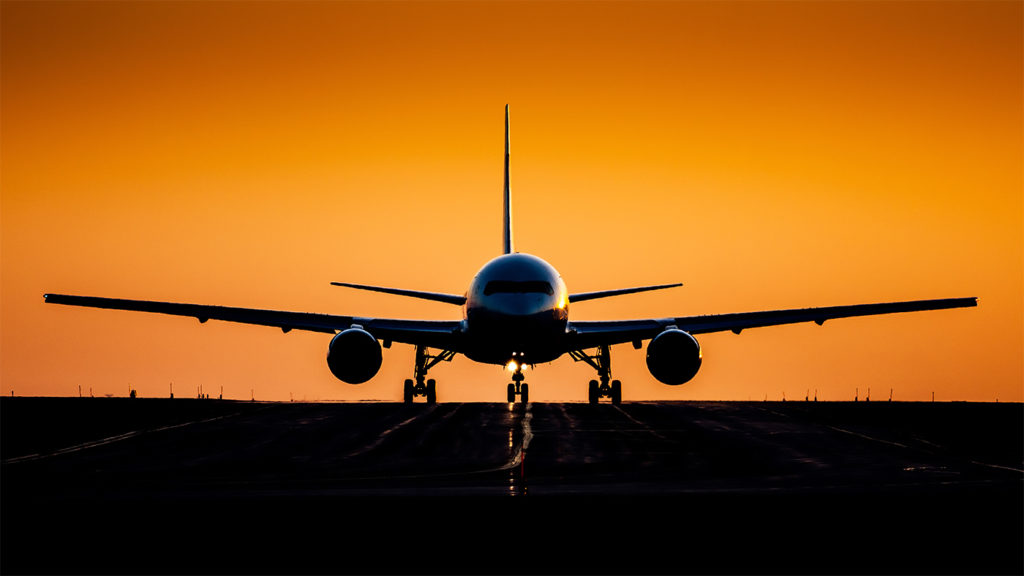
Last-minute flight cancellations meant that crews displaced from their original trips sat around at random airports, only to be deadheaded back home hours later, or to a hub to pick up a new flight. We often waited in limbo in crew rooms or on airplanes for crew scheduling to call with new plans. Hotel shuttles were shut down to the public, so even those hotels who stayed open for crewmembers sent their shuttle drivers home, leaving crew members searching for last-minute rides. Of course, management was trying to keep up, as was the union, but in times of crisis, contracts often get overlooked and we all just do our best to find a way out.
We got emails telling us to use specific cleaning wipes in the flight deck, but often those wipes couldn’t be found, so we would bring our own disinfectant wipes. We would run out more quickly than we could replenish them. Again, crewmembers took care of each other by sharing their own Clorox wipes brought from home. We were an airline in crisis, but because of our great pre-COVID balance sheets, we were doing better than most other airlines.
A new normal
At some point in the midst of the April chaos, when the talks began surrounding furloughs, reduced credit schedules, voluntary leave, and many other solutions for the company to save money, I asked myself if my career was more important than bringing a deadly virus home to my at-risk mother who lived with me. The answer was clear. I couldn’t live with myself if that happened, and fortunately, my company made taking leave an option to care for an at-risk family member. I wanted to wait this out and see what happened, but that meant reduced hours, reduced pay, and putting off my hour-building (I was so close to 1,000 hours of time in type!).
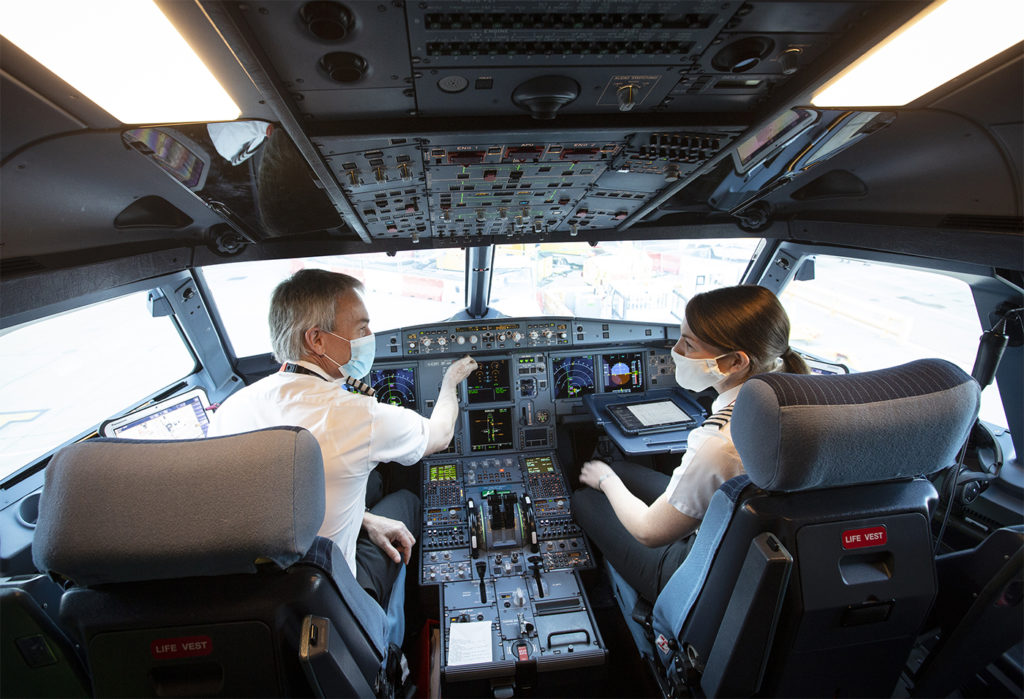
In the meantime, we all realized that May would mean very little flying, and for most of us, none at all. Loads were down to 10 per cent of normal, and our crew planners seemed to have a more appropriate schedule in the works that would be less chaotic but very thin. As pilots, the vast majority of us would be on reserve. Many of us would be earning substantially less pay. But this was our new life, and we turned our attention to more important things, like prepping for October, when the Coronavirus Aid, Relief, and Economic Security (CARES) Act provisions expire and the airlines who applied for the government relief will be furloughing numerous employees in an effort to shrink operations to a manageable level.
An uncertain future
On March 27, President Trump signed the CARES Act, which provided airlines with a Payroll Support Program. Whether this act helps or hurts U.S. airlines is up for debate, but the act did prevent airlines from furloughing employees before Oct. 1, 2020, giving some relief to airlines and their employees. But as airlines struggle to make their way out of the shrinking industry alive, furloughs are imminent — and the daily news coverage continues to weigh heavily on my mind.
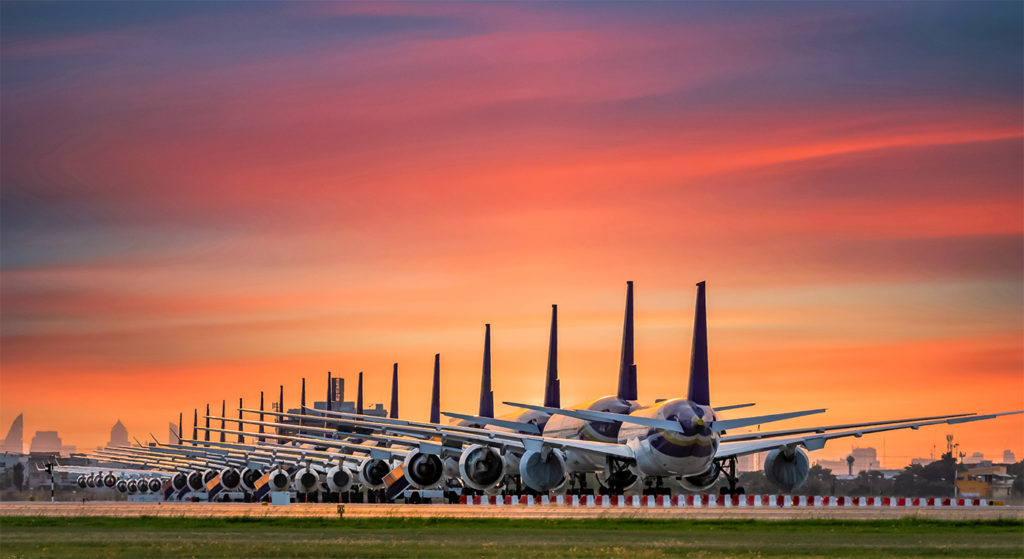
On a daily basis, it’s still a battle. Should I continue to work and pay the bills before furloughs come, or do I take a leave of absence to ensure I’m not transmitting a deadly virus to my family members? Do we stand together as pilots to avoid taking concessions, just to be furloughed in October, or do we take concessions and come out of this with perhaps worse-than-ever union contracts? Even those most senior have choices to make: Demote from captain to first officer again? Take a displacement to another aircraft type to maintain seniority? Go back to reserve? Stay in base or commute to a base with a better airframe?
One thing I know for sure: As we each navigate this pandemic on a personal and professional level, we do so both individually and as a team. As a collective of pilots, we will continue to work together with enormous strength to survive this industry.
That’s something that a virus can’t kill.
Sarina Larson is an airline pilot and freelance writer with a master’s degree in aeronautical science. A flight instructor since 2005, she has a passion for teaching and learning. She lives in Boise, Idaho with her two boys.
